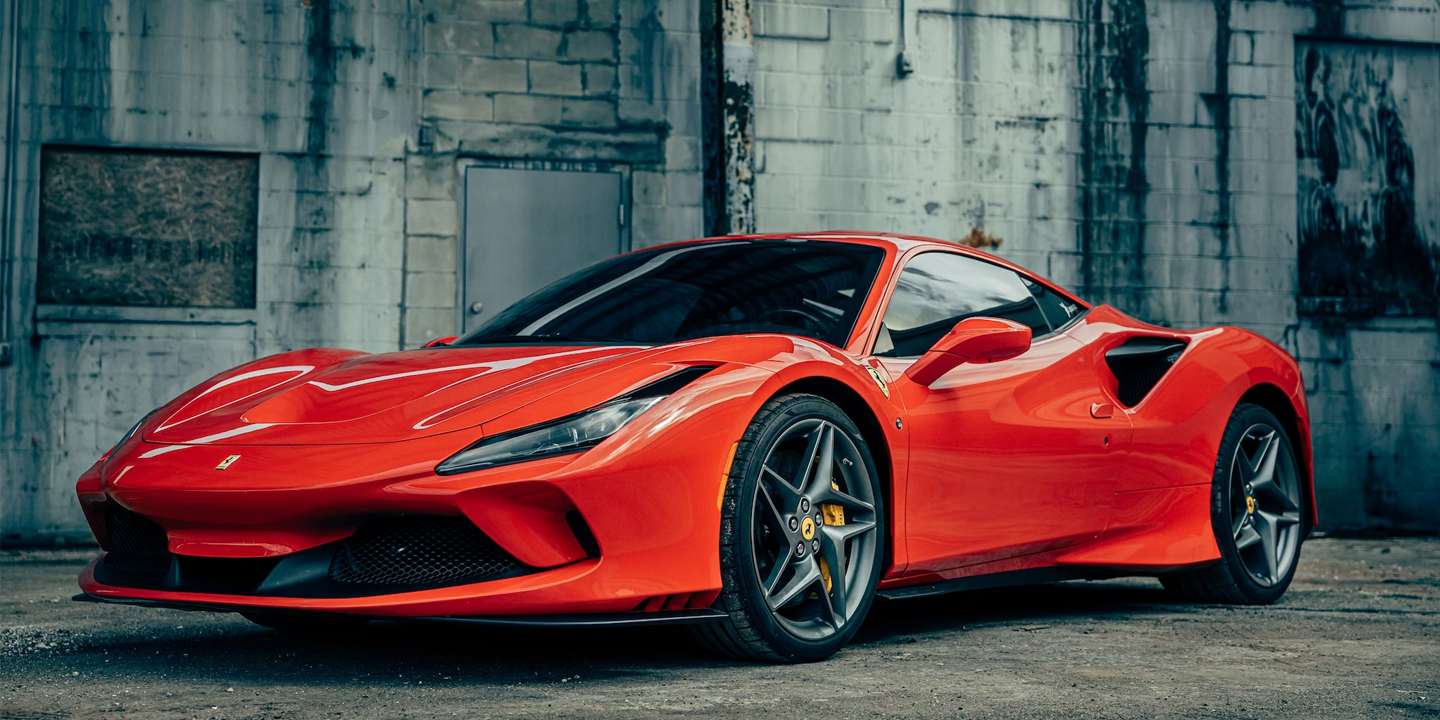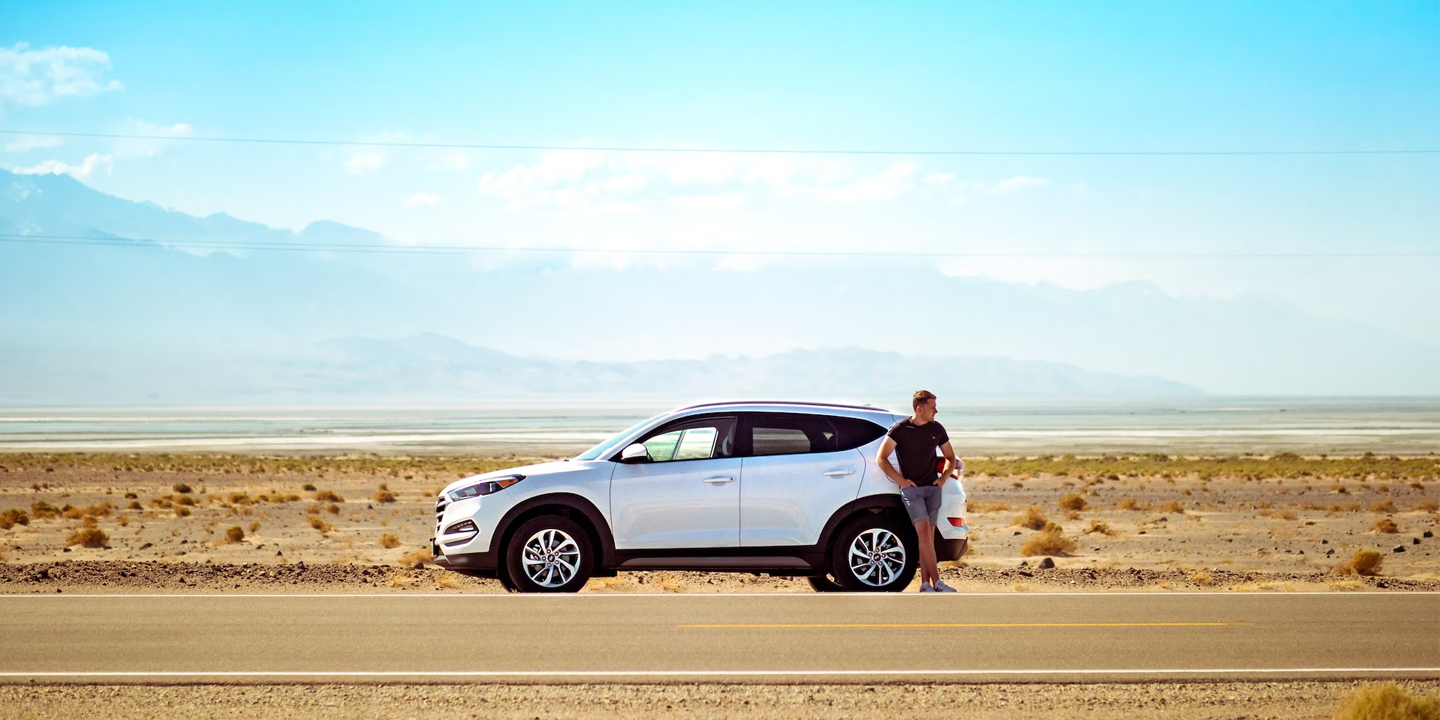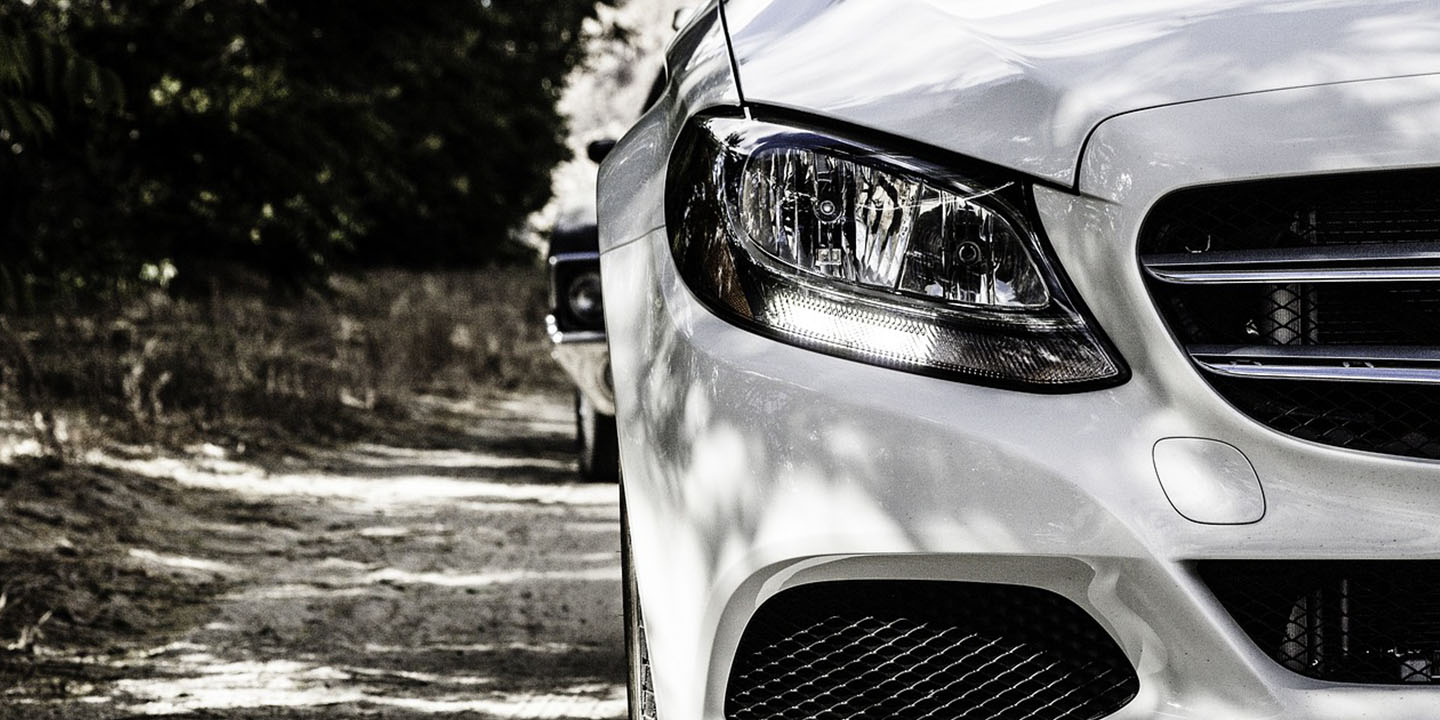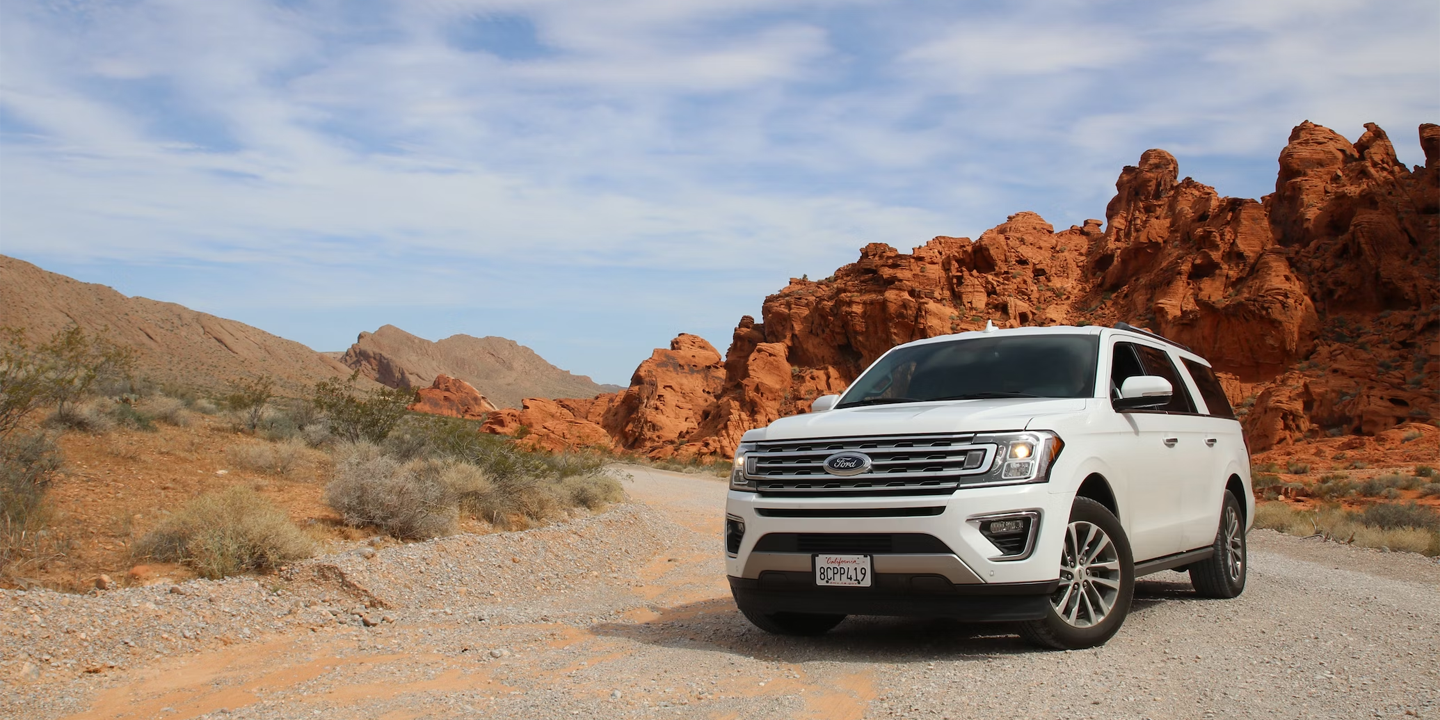Legends, Oddities, and Quirks Behind the Crest
Porsche isn’t just a car brand—it’s an obsession. Whisper “911” in a crowded room at a car show and watch eyes light up and heads turn in eager expectation. The company has been around long enough to gather myths, rivalries, and an almost religious following. The items on this list aren’t just specs or trivia points; they’re the little truths and quirks that make Porsche what it is. What Porsche proves, again and again, is that tradition and innovation can sit in the same garage. Whether it’s tractors, SUVs, supercars, or EVs—somehow it all fits neatly under that same crest with the horse and the antlers. Here are twenty facts about Porsche that all enthusiasts should know:
1. The First Porsche Wasn’t a 911
The first Porsche was actually the 356, launched in 1948. It was curvy, lightweight, and built in a tiny workshop in Gmünd, Austria, using VW Beetle parts. Humble beginnings, considering where it sits now.
2. Ferdinand Porsche Designed the VW Beetle
Before Porsche was Porsche, its founder designed the Volkswagen Beetle. One of the most mass-produced cars in history came from the same mind that would create sports car legends. Strange bedfellows, but genius often transcends expectations.
3. The 911 Almost Had a Different Name
In the 1960s, Peugeot had exclusive rights to car names with a “0” in the middle. Because of this, Porsche couldn’t call their car the 901 as planned. Instead, they swapped the zero for a one—and the rest is history.
4. The Rear-Engine Layout Defies Logic
Most manufacturers put engines in the front, but Porsche decided to stick theirs in the back, behind the rear axle. Physics says it should be a nightmare, but Porsche engineers decided the traction advantage was worth it, offering better grip during acceleration.
5. The Porsche Crest Has Hidden Symbolism
That horse on the badge comes straight from Stuttgart’s coat of arms, where Porsche’s HQ is located. The antlers and red stripes? From Württemberg, the region. It’s a heraldry mashup, not just a pretty emblem.
6. The 959 Was the Supercar Before Supercars
Built in the 1980s, the Porsche 959 was absurdly advanced: all-wheel drive, twin-turbo flat-six, and a top speed near 200 mph. Ferrari and Lamborghini couldn’t keep up at the time, and even today it still feels futuristic.
7. Porsche Has Won Le Mans More Than Anyone
With nineteen overall victories at the 24 Hours of Le Mans (and counting), Porsche is ahead of Audi and Ferrari. The 917, the 956, and the 919 Hybrid in particular emerged as legendary race cars. Porsche doesn’t just dabble in endurance racing—they dominate.
8. The Cayenne Saved the Company
When Porsche launched an SUV in 2002, purists groaned about the sacrilegious affront to the brand’s integrity. Despite the naysayers, the model sold like crazy. Without the Cayenne’s success, Porsche might not have survived financially. Ironically, the SUV preserved the sports cars.
9. There’s a Porsche Museum in Stuttgart
The museum itself looks like a futuristic spaceship on stilts. Inside are 356s, racing legends, and prototypes that never hit production. Even people who don’t care about cars end up wandering around, slack-jawed at the scope of Porsche’s achievements.
10. Porsche Nearly Took Over Volkswagen
In a strange twist of fate, Porsche—once forced to build their sports cars using VW parts—attempted to buy Volkswagen in the late 2000s. The plan backfired, and VW ended up acquiring Porsche. Talk about role reversal.
11. The 917 Was So Fast Drivers Feared It
The Porsche 917 from the early ’70s was infamous for its insane speed, pushing well over 240 mph on the Mulsanne Straight at Le Mans. Drivers called it terrifying until engineers finally tamed the aerodynamics to keep it from lifting off the ground.
 Edoardo Giudici Saraval on Unsplash
Edoardo Giudici Saraval on Unsplash
12. Porsche Also Built Tractors
Yes, believe it or not—tractors. Farmers loved the bright red, diesel-powered machines Porsche produced back in the 1950s and ’60s. Porsche doesn’t shy away from acknowledging this history and occasionally reminds people they can build more than just cars.
13. The Boxster Was a Lifeline
Launched in the mid-1990s, the Boxster mid-engine roadster saved Porsche from near-bankruptcy. Considered affordable for a Porsche, it was not only economical but fun and stylish. The launch brought in new customers who couldn’t yet afford the 911.
 John Robert McPherson on Wikimedia
John Robert McPherson on Wikimedia
14. The 911 Has Barely Changed Its Shape
Compare the 1965 911 to the 2025 911 and you’ll notice the silhouette is nearly the same—round headlights, sloping roofline, and rear engine. Porsche found the formula early and refused to let it go despite modern pressures to evolve.
15. They Once Made a Four-Door Sedan Prototype
The 989, built in the late ’80s, looked like a stretched 911 with four doors. It never reached production, but the idea lingered until the Panamera finally made the concept real in 2009.
16. The 911 Turbo Popularized Turbocharging
The 1975 911 Turbo (the 930) made turbocharging cool. With its huge whale-tail spoiler, brutal turbo lag, and power that hit like a hammer once the boost kicked in, the Turbo was not only dangerous but iconic.
17. Porsche Engines Are Tested Brutally
Before they’re allowed in production cars, the engines are run flat-out for hours in labs to see if they can handle it. Porsche likes to say if it can’t survive torture testing, it doesn’t deserve the badge. That reliability is why people are able to push their cars to 190 mph without fear.
18. The Macan Became Their Bestseller
This model is another SUV, although smaller than the Cayenne. When it first launched, purists again clutched their pearls, but customers rushed to dealerships in droves. This everyday SUV outsells the 911 by miles, allowing the company to fund even wilder engineering projects.
19. Porsche Collaborates Beyond Cars
Porsche doesn’t like to stay in their lane. Their design team has produced watches, skis—even kitchen knives. Some of it is great, other items feel like the brand just wanted to slap their logo on something and charge a premium.
20. The Taycan Proves They’re Serious About EVs
While it may seem contradictory to their emphasis on performance, Porsche’s EV is surprisingly swift and styled like a spaceship. The Taycan isn’t a side project—it’s a reinvention. Zero to sixty in under three seconds and no gasoline in the tank is nothing to scoff at.


























